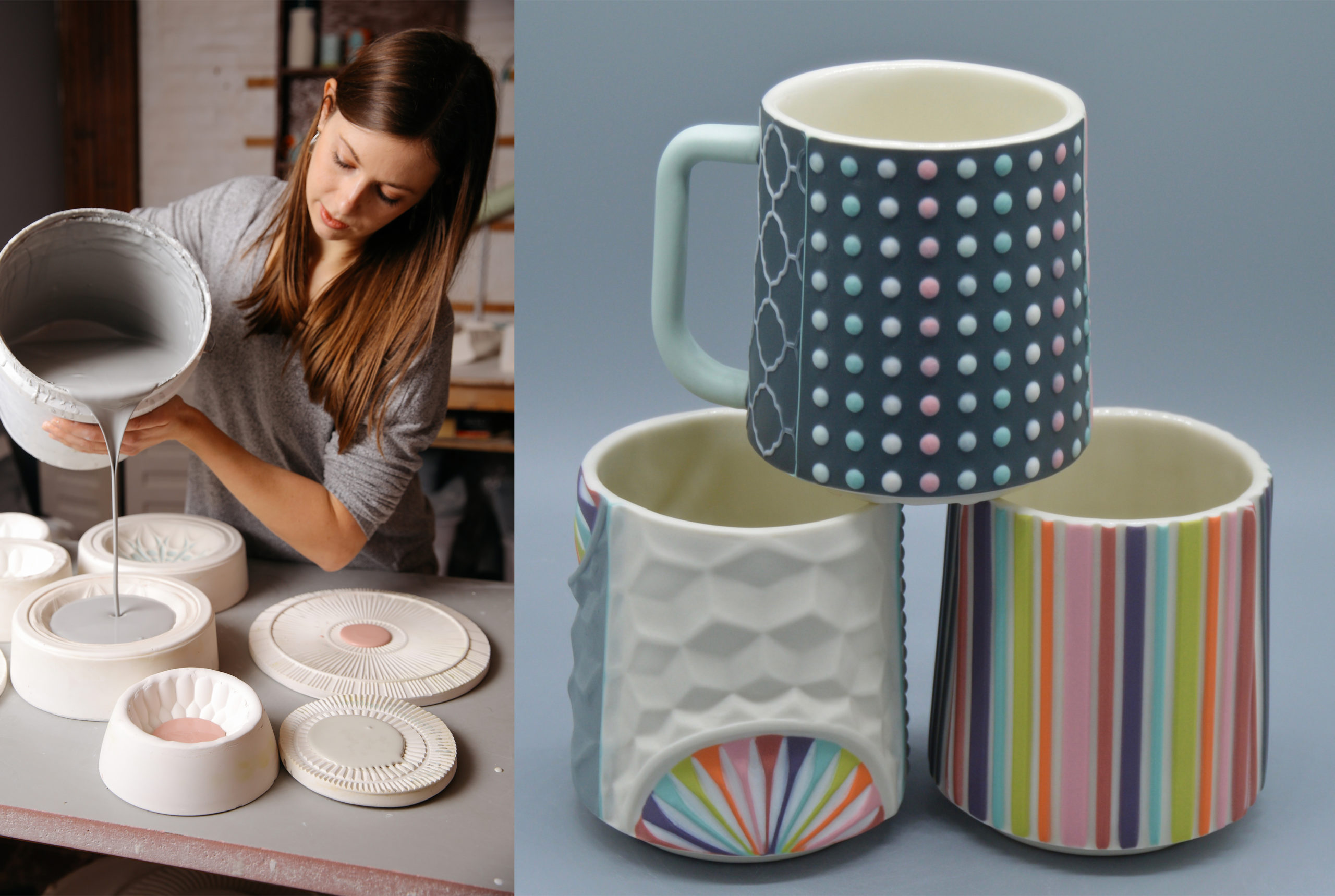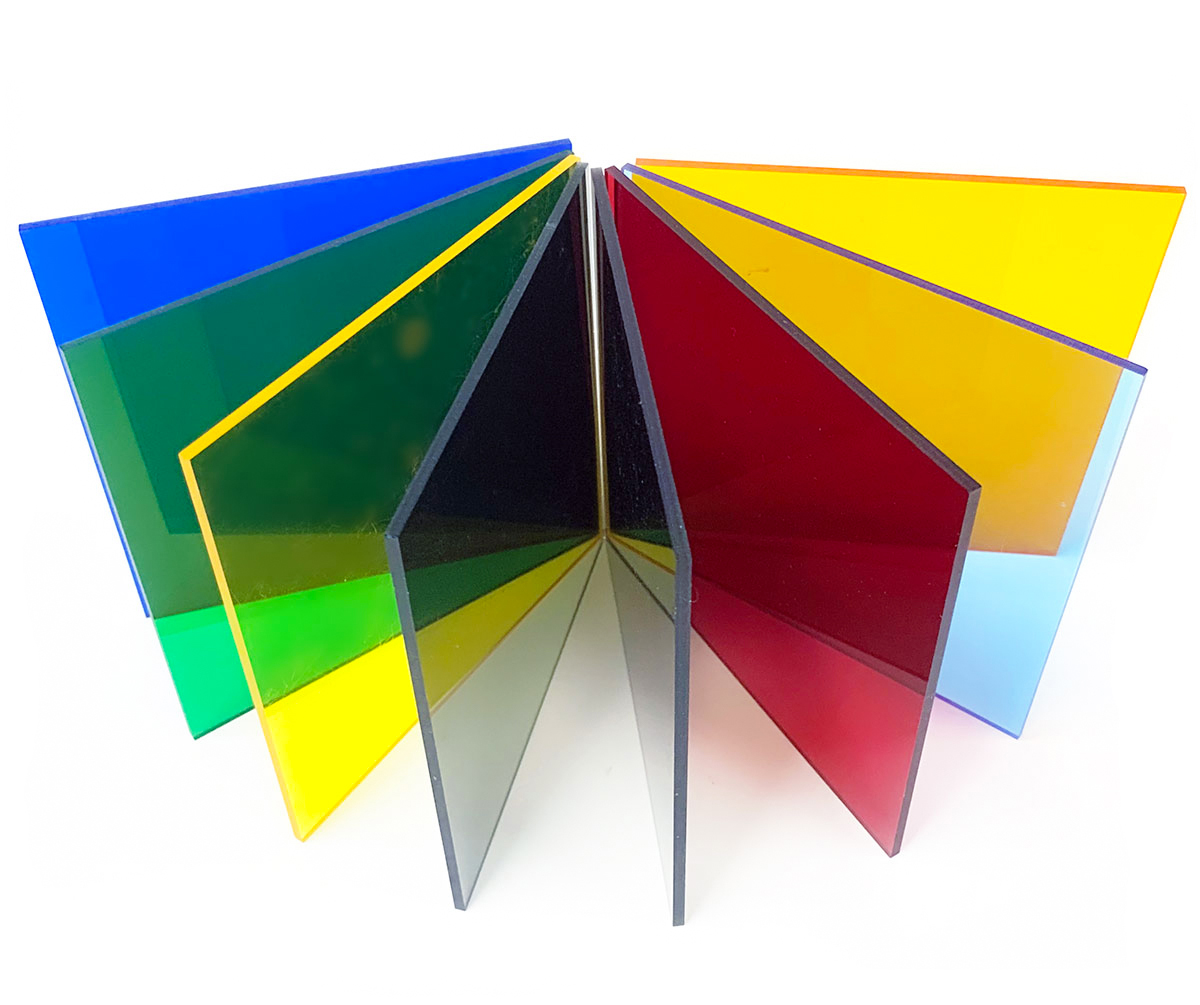Understanding & Fixing Color Casts: A Simple Guide
By chloe hechter june 20, 2020.
Have you ever noticed an unusual, unwanted tint creeping into your photographs, subtly altering the colors you intended to capture? A color cast, that unwelcome guest in the realm of visual storytelling, can transform a stunning image into something less than its potential. It's a visible color tint that often disrupts the natural balance and aesthetic of a photograph, leading to a final result that doesn't quite match what the photographer saw through the lens.
Color casts primarily arise from inaccuracies in white balance settings or from light sources contaminated by a specific color. Imagine light bouncing off a brightly colored surface, imbuing your image with its hue; this is a common scenario that contributes to color casts. A green color cast, for example, would impart a greenish tinge to the neutral tones within the image, rather than the true, balanced neutrality that should be present. This deviation from the expected color representation is what defines a color cast.
In photography, color casts are frequently discussed, but they're not always easily avoided. The underlying cause can vary significantly, from the specific kind of light present during shooting to the characteristics of the photographic equipment employed. This complexity means that even seasoned professionals face the occasional color cast, requiring an understanding of both its origins and the methods for dealing with it.
| Topic | Details |
|---|---|
| Definition | A visible color tint that is usually unwanted, affecting an image in part or in whole. |
| Causes | Inaccurate white balance, light contamination from colored surfaces, or specific types of light sources. |
| Examples | Green color cast (green tint in neutral tones), blue cast, etc. |
| Impact | Distorts the intended colors and overall aesthetic of an image. |
| Mitigation | Correct white balance, avoid colored light sources, and adjust in post-processing. |
Film and digital cameras are susceptible to color casts due to the nature of how they record light. Certain types of light can cause this effect. This is a significant concern in the world of photography because color accuracy is often paramount to conveying the intended message or capturing the beauty of a scene as it truly is. Understanding why these color shifts occur is essential in preventing or correcting them, thereby maintaining the integrity of an image.
Color casts are more than just an inconvenience. They represent a significant departure from the intended visual experience. Our eyes and brains work together to interpret colors, but the camera records light in a consistent manner. Therefore, a photograph can be a record of the light that entered the lens, yet the human brains interpretation of the image is very different.
In some cases, the presence of a color cast can be an artistic decision, adding a unique visual quality to the image. However, the vast majority of photographers intend to accurately represent the colors they see, and the appearance of a color cast, therefore, becomes an unwanted disruption. This creates a need for careful attention during both the image capture and the post-processing stages.
Let's consider the impact of inaccurate white balance. The white balance setting tells the camera what the white of the scene is, which then becomes the reference point for all other colors. If the white balance is set incorrectly, the camera will attempt to adjust colors, but the result will be a skewed color balance, contributing to an unwanted color cast. This is why professional photographers frequently take the time to calibrate the white balance, ensuring that the reference point is correct.
Another culprit is light contamination. Consider the effect of light bouncing off a brightly colored surface; this reflected light can introduce a tint to the scene. For example, if youre shooting outdoors and the light is bouncing off a green lawn, it may contribute to a green color cast in your images. Managing light sources is therefore essential in preventing these kinds of issues, and the techniques include using diffusers, reflectors, and sometimes, even selecting shooting locations that provide a better light balance.
Color casts can sometimes be unavoidable, such as when shooting in environments that are inherently colored. For example, if your house is surrounded by trees, and the light is passing through their leaves, the image is likely to have some green color cast. The goal then becomes to minimize the color cast as much as possible during the shooting process, and correct it during post-processing. The latter involves using software tools to fine-tune the color balance, making adjustments to the individual color channels until the colors appear natural and the cast is eliminated.
The world of color is complex and nuanced. The human brain is wired to interpret colors with the knowledge of what they should be. Color casts, when present, can disrupt this interpretation and distort the original vision. The ability to identify, understand, and correct color casts is an essential skill for any photographer aiming for accurate and visually appealing images.
The digital realm provides photographers with powerful tools to counteract color casts. Software programs such as Adobe Lightroom, Capture One, and others allow for the correction of white balance, color adjustments, and the elimination of unwanted color tints. These tools work by letting photographers fine-tune the color balance within an image. For example, adjusting the color temperature and tint settings is often sufficient for many corrections, bringing the image closer to its natural state.
A crucial aspect of avoiding a green color cast, for instance, is paying attention to the surfaces near your subject. Find pavement that isnt going to cast color, especially in harsh light. Black pavement will absorb light, while white pavement will reflect it. This simple technique can significantly impact the color balance in your image. In essence, these are considerations that a photographer makes during both the capture and the post-processing phases to achieve an appealing image.
Beyond the technicalities, the concept of color cast transcends pure technicality. It touches on the intersection between art, science, and perception. Understanding these concepts allows a photographer to not just capture images, but also to shape the final product creatively, making subtle adjustments that transform an image into something exceptional. The skill to recognize and address color casts transforms the photographer into an artist capable of true color mastery.
For those interested in exploring digital platforms for creative endeavors, such as casting, the options are ever-growing. "Colorful casting" is an example of a digital platform that allows companies to match with influencers, models, actors, singers, and idols, opening doors for various casting needs and creative projects.
In another context, consider the world of fishing. A "Sougayilang fishing rod reel combo" is a great example of a product, and the specifications, such as the "included components: 1 fishing rod, 1 fishing reel," or the "size: 1.8/5'10'," are important details. The "target species: bass, pike, catfish, redfish, salmon, flounder" illustrates how products are often built for very specific applications. Even in this very different context, we see how precision and specific characteristics are important.
Even in the world of handicrafts, such as resin art, the concept of color accuracy comes to play. Achieving a solid color cast in resin requires a methodical approach to ensure consistent and visually appealing results. One must begin by preparing your resin mixture according to the manufacturers instructions. The precision of this process shows that the concept of color cast extends beyond photography, touching on various creative domains.
Consider other ways color casts can influence an image. These include situations like a model in a photograph, where the photographer must manage all aspects to ensure they present the best possible result. In the casting world, the ability to present an accurate image becomes essential, because the color can affect how a subject or product is perceived. The world of "casting," whether for photography or other industries, is very dependent on accurate representations of color.
For those looking to use influencers, models, or actors in their promotional material, the use of the "casting" process, digital platforms, and other options allows a level of precision that would have been impossible in the past. This opens opportunities for brands to strengthen their message.
In todays market, visual quality and color accuracy are more important than ever. The power of a well-managed image, free from distracting color casts, is immeasurable. Its in this context that we see how critical it is to understand the origins of these color imbalances and develop the skills and techniques required to master color in photography.
In summary, the presence of color casts can be a source of challenge, but also a chance to increase the photographers expertise and creativity. By understanding the causes, mastering techniques, and utilizing post-processing tools, photographers can make sure that their images are as accurate and visually stunning as the original vision.


